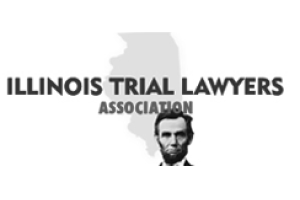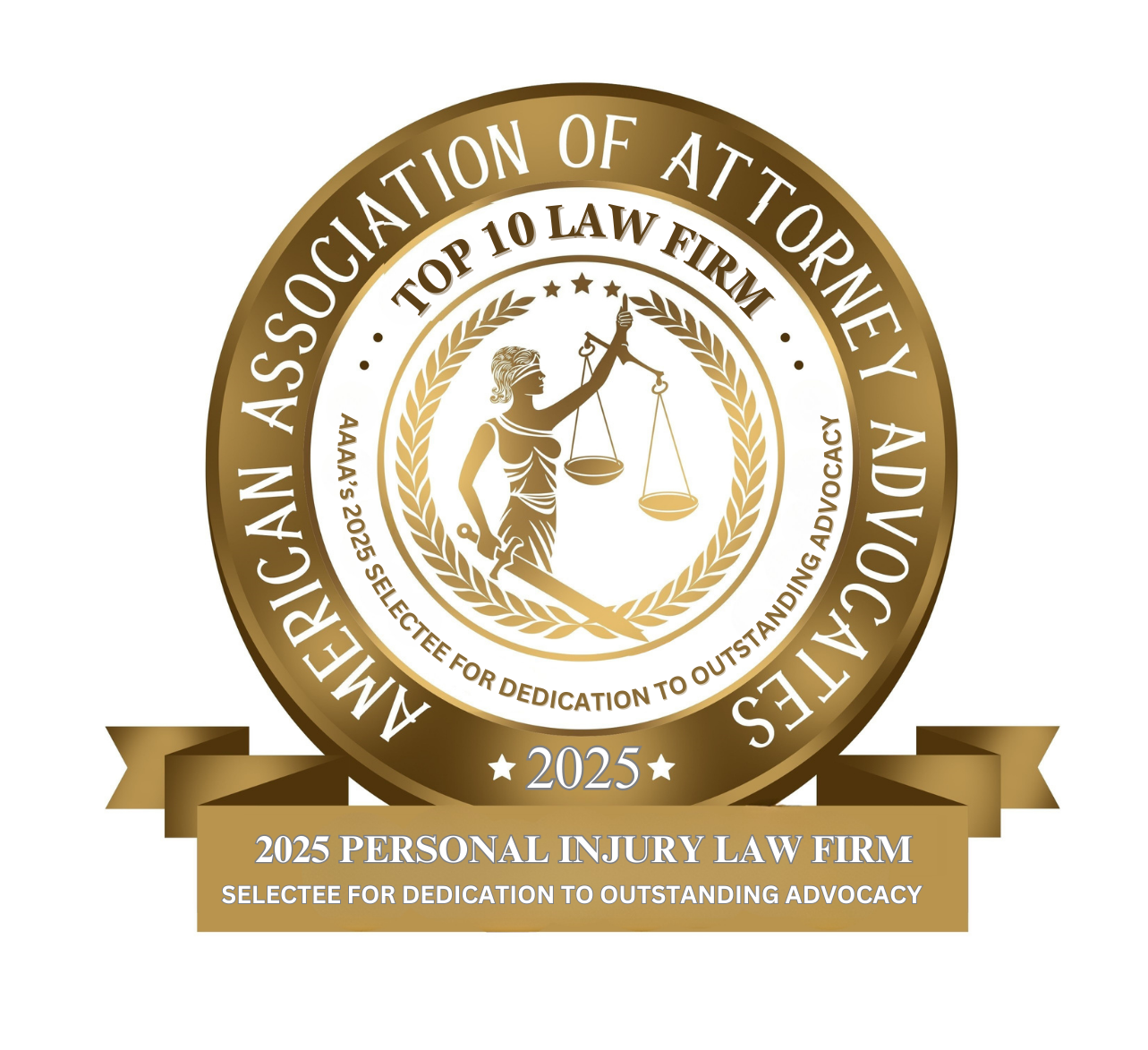Common Defenses in Illinois Dog Bite Cases
Award-Winning Injury Lawyers Helping Victims Defeat Dog Bite Defenses Throughout Illinois
Dog bite litigation in Illinois is shaped by both statutory and common law principles. While the Illinois Animal Control Act (510 ILCS 5/16) imposes strict liability against dog owners, and negligence provides an alternative basis for recovery, defendants regularly assert a variety of defenses in an effort to deny or reduce compensation. Understanding these defenses—and how they can impact your injury case—is essential.

At John J. Malm & Associates, we prepare every dog bite case with these defenses in mind, building compelling arguments to rebut or preempt them. Here, we explore the most common defenses and how our award-winning Illinois dog bite lawyers work to defeat them.
1. Provocation
Overview: Under the Illinois Animal Control Act, provocation is an absolute defense. If a defendant can show the plaintiff provoked the dog, the plaintiff’s claim fails, regardless of how severe the injuries may be.
Example: A child pulls on a dog’s tail or strikes it with an object moments before an attack. If the dog reacts in a defensive or startled manner, the defense may argue provocation.
What Courts Look For: Courts look closely at the circumstances surrounding the event. They consider the timing between the alleged provocation and the attack, the dog’s behavior pattern, and witness accounts. Courts have found that minor or accidental contact may not rise to the level of legal provocation. Photos, video, and medical reports can all play a role in resolving this factual dispute.
2. Trespassing or Unlawful Presence
Overview: The Illinois Animal Control Act applies only when the victim is lawfully present where the attack occurred. If the injured person was trespassing or otherwise not permitted to be on the property, the defendant may escape liability under the statute.
Example: An individual enters a fenced yard without permission to retrieve a lost ball and is bitten by the homeowner’s dog.
What Courts Look For: The key inquiry is whether the plaintiff had express or implied permission to be on the property. For workers like mail carriers or delivery drivers, lawful presence is usually presumed. For others, courts will consider signs, barriers (e.g., locked gates), and prior patterns of access.
3. Comparative Fault
Overview: While comparative fault does not bar recovery under the Animal Control Act, it is central to negligence claims. If the plaintiff contributed to their own injury, any damage award may be reduced accordingly.
Example: A person lets themselves into a backyard where a dog is known to roam freely, without alerting the homeowner or securing the dog.
What Courts Look For: Courts consider whether the plaintiff acted reasonably. Did the plaintiff ignore warnings? Did they behave recklessly around the animal? Evidence of signage, verbal warnings, or repeated behavior may be presented.
4. Assumption of Risk
Overview: This is an affirmative defense that may bar or limit recovery if the plaintiff knowingly accepted a risk of attack.
Example: A dog walker continues to handle an aggressive dog despite knowing it has bitten others before.
What Courts Look For: Courts assess whether the plaintiff understood and voluntarily accepted the danger. Prior interactions, written agreements, or testimony about warnings can all factor into this evaluation. The more knowledge and control the plaintiff had, the more likely the defense may succeed.
5. Property Owner’s Denial of Responsibility for Another’s Dog
Overview: A common defense raised by landowners or business operators is that they are not responsible for a dog on their premises because the dog belonged to another person. In such cases, the defense often hinges on whether the property owner had prior knowledge of the animal’s dangerous tendencies or a history of aggression.
Example: A hotel permits a guest to bring two pit bulls onto the premises. Another guest is later bitten in a stairwell. The hotel initially claims the dogs are not its responsibility. However, evidence later shows staff knew the dogs were aggressive and failed to take appropriate action to remove the animals or warn others.
What Courts Look For: Courts examine whether the landowner or property manager had knowledge of prior bites, aggressive behavior, or complaints. Testimony, surveillance video, and internal communications can establish knowledge and foreseeability, which are critical to proving liability under a negligence theory.
Most Dog Attacks Are a Matter of Fact for the Jury
Many dog bite defenses hinge on factual disputes. That means they are often not resolved at the pleading or motion stage but rather presented to a jury.
“Whether a plaintiff provoked a dog, assumed the risk, or was lawfully present is often a question of fact. At John J. Malm & Associates, we recognize that no two cases are the same. Each set of facts must be analyzed independently. We don’t prejudge a case based on assumptions—we investigate thoroughly, prepare meticulously, and make sure the jury hears the full story.” – John J. Malm, Naperville dog bite injury lawyer
This reality makes the quality of your evidence—including witness interviews, medical records, prior dog behavior reports, and FOIA-obtained animal control documentation—vital to your case.
Examples in Our Real Illinois Dog Bite Cases
- In one of our recent cases, a teenager visiting a friend’s home was warned to remain in the bathroom while the friend’s aggressive dog was let into the house. Despite the warning, the teenager later came into contact with the dog inside the home and was attacked. The defense attempted to argue that she had disregarded the warning, but our team gathered evidence that showed she had no safe path to exit and the warning itself had been vague and ineffective. We were able to secure a $400,000 settlement for her injuries.
Additional Considerations for Dog Attacks
- Children and Provocation: Courts are often hesitant to apply provocation defenses to young children who may not understand the consequences of their actions.
- Emergency Situations: If the plaintiff acted out of fear or necessity (e.g., stepping into a yard to avoid a vehicle), trespassing defenses may not apply.
- Police Dogs and Working Dogs: These cases involve separate standards under Illinois law and may raise immunity issues.
How We Counter These Defenses
At John J. Malm & Associates, we start every case by identifying what defenses may be raised. Then, we:
- Secure early witness statements
- Investigate prior complaints and bite reports
- Obtain police and EMS reports
- Hire veterinary behaviorists, if necessary
- Build a timeline of events using photos, video, and digital records
By preparing for the defenses before they are even raised, we put our clients in the best possible position to succeed.
Contact the Top-Rated Illinois Dog Bite Lawyers at John J. Malm & Associates
If you’ve been bitten by a dog, don’t assume the law is against you. The defenses raised by dog owners are often weak, exaggerated, or simply not supported by the evidence. Let John J. Malm & Associates help you get the compensation you deserve. With offices in Naperville and St. Charles, and more than 90 years of combined experience, our award-winning Naperville dog attack attorneys have recovered millions for victims of dog attacks.
Call (630) 527-4177 or visit our contact form for a free consultation. John J. Malm & Associates — Experience You Can Count On. Justice You Deserve.














